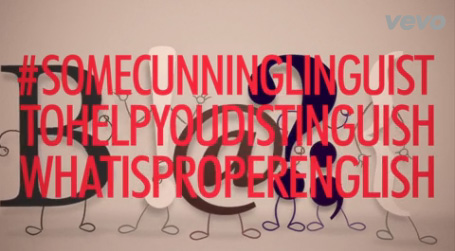In a 2010 NYT “On Language” column, Grant Barrett traced the claim that “cellar door” is the most beautiful phrase in English back as far as 1905 1903. I posted on the phrase a few years ago ("The Romantic Side of Familiar Words"), suggesting that there was a reason why linguistic folklore fixed on that particular phrase, when you could make the same point with other pedestrian expressions like linoleum or oleomargarine:
…The undeniable charm of the story — the source of the enchantment that C. S. Lewis reported when he saw cellar door rendered as Selladore — lies the sudden falling away of the repressions imposed by orthography … to reveal what Dickens called "the romantic side of familiar things." … In the world of fantasy, that role is suggested literally in the form of a rabbit hole, a wardrobe, a brick wall at platform 9¾. Cellar door is the same kind of thing, the expression people use to illustrate how civilization and literacy put the primitive sensory experience of language at a remove from conscious experience.
But that doesn't explain why the story emerged when it did. Could it have had to do with the song "Playmates," with its line "Shout down my rain barrel, slide down my cellar door"? There's no way to know for sure, but the dates correspond, and in fact those lines had an interesting life of their own…
Read the rest of this entry »
